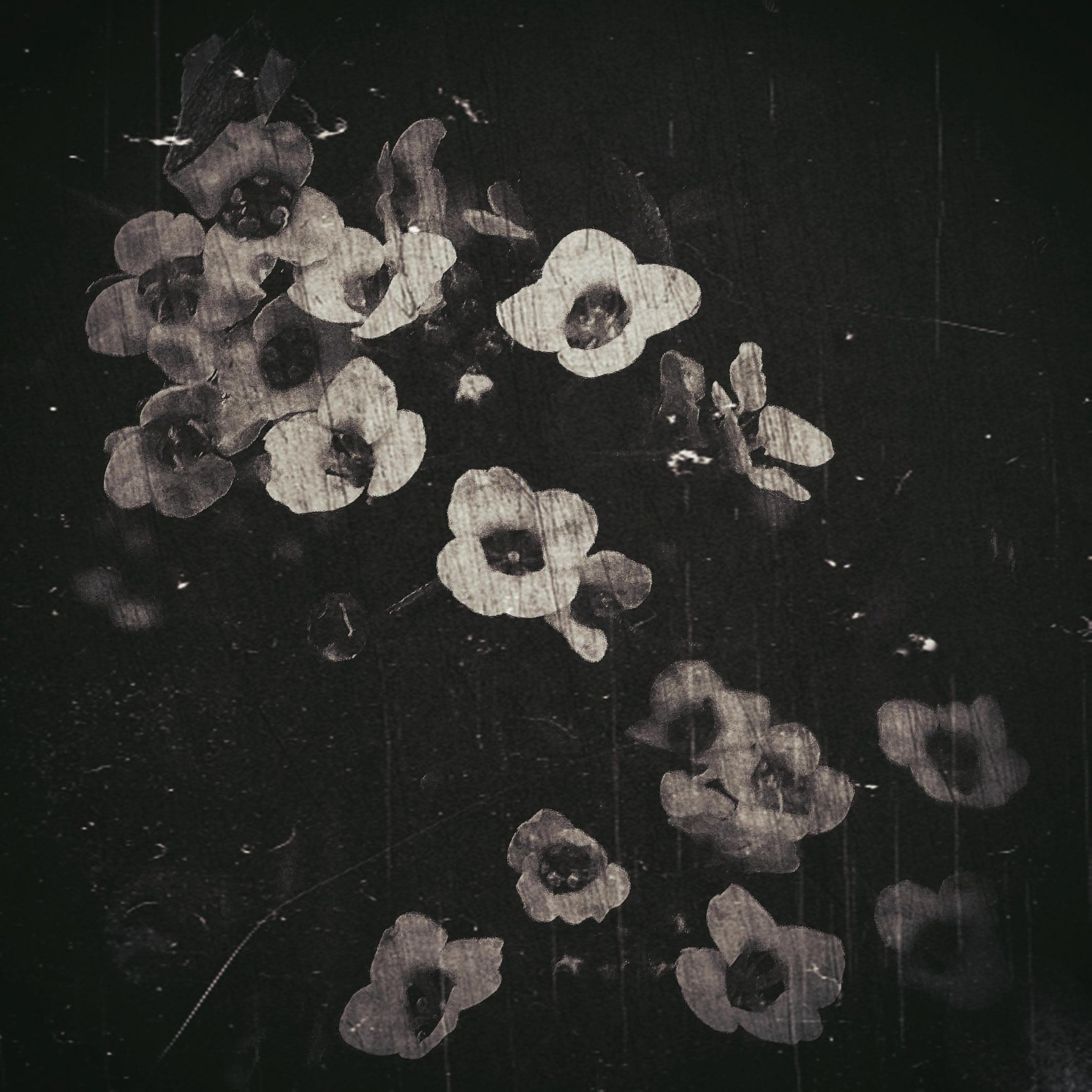
6 minute read
VINTAGE FASHION
SPLENDOUR IN THE GRASS

Francisca Millward Stylist: Isabella Peerutin Photographer: Jamie Cohen
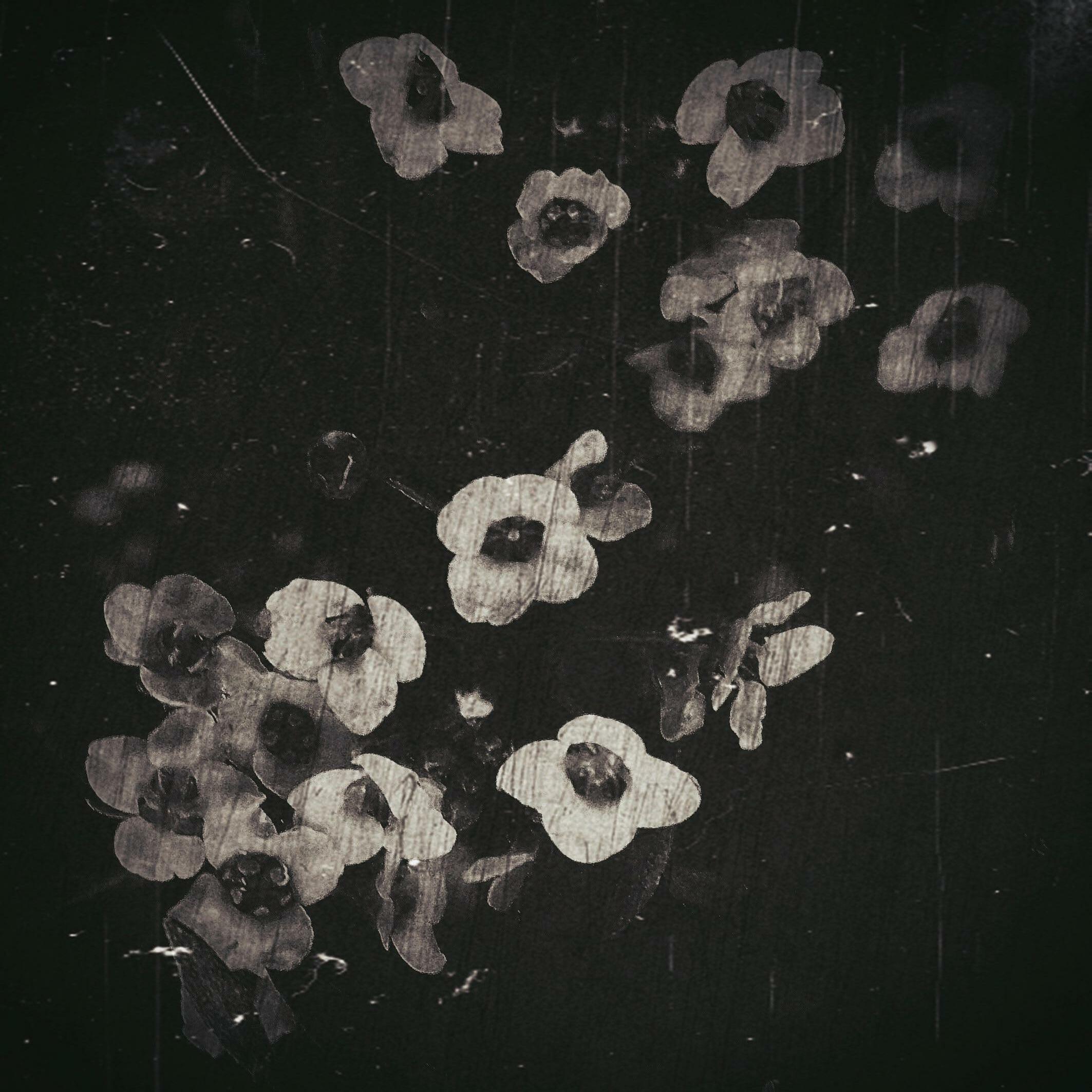

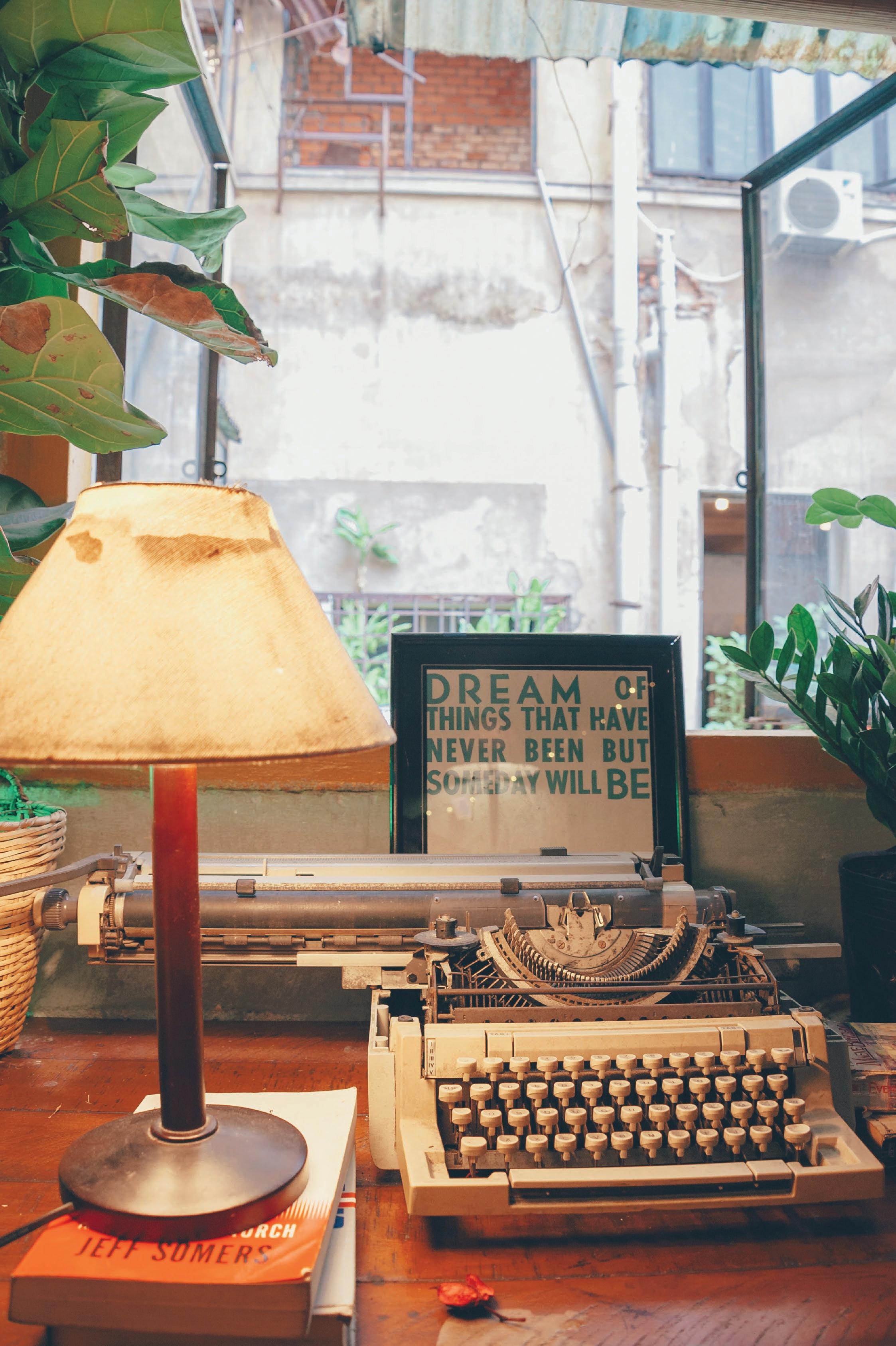
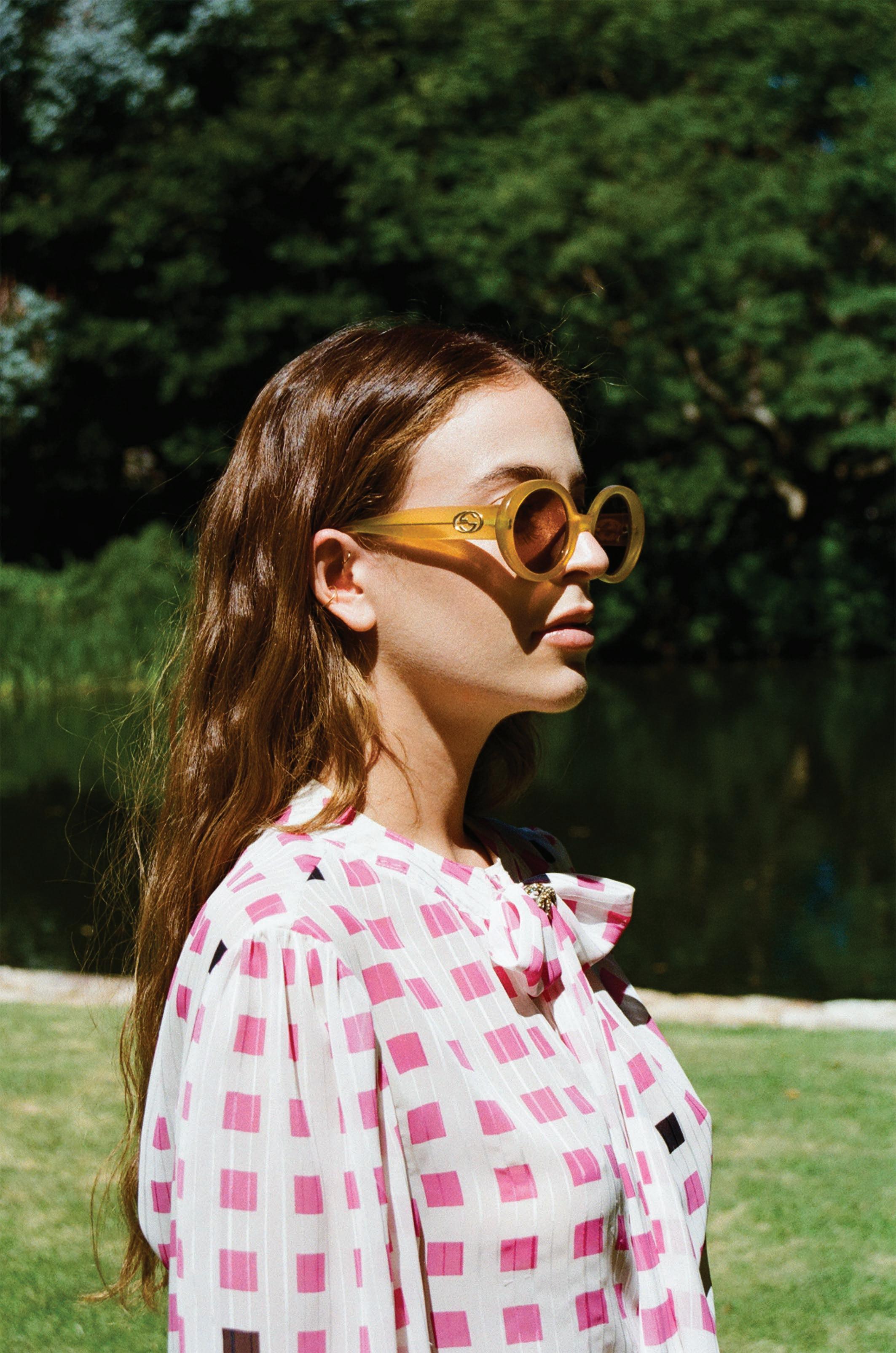
Blouse and skirt - vintage YSL, glasses - vintage Gucci


With the planets’ temperatures on the rise, consumers are becoming increasingly aware of the environmental impact of their spending. Vintage fashion is not only the most ethical and sustainable way to shop but it also gives you better control over your personal expression. By wearing vintage clothing you are more likely to be wearing something unique. This fashion editorial is a tribute to our authentic selves, the selves that care about preserving our breathtaking planet whilst dazzling in timeless vintage pieces.
The fashion industry is currently acting with no conscience and its production methods act as though natural resources are everlasting, unfortunately, this is not the case. Apart from this wicked consumption of finite resources to produce textile, the industry is also massively contributing to water pollution as well as greenhouse gas emissions. The production of clothing is not where these wasteful practices end, furthermore most clothing end up in landfills, statistics show that on average, families in the western world discard about 30 kilograms of clothing each year. A brief explanation of current clothing market practices leaves the conscious consumer in complete despair and we find it hard to feel positive about the ecosystem’s ability to maintain and preserve a habitat that is livable for humans in the future. However, there are alternative practices, and this brings me to the circular economy model. The circular economy model is a viable alternative to our current linear economy model, which makes use of a take-

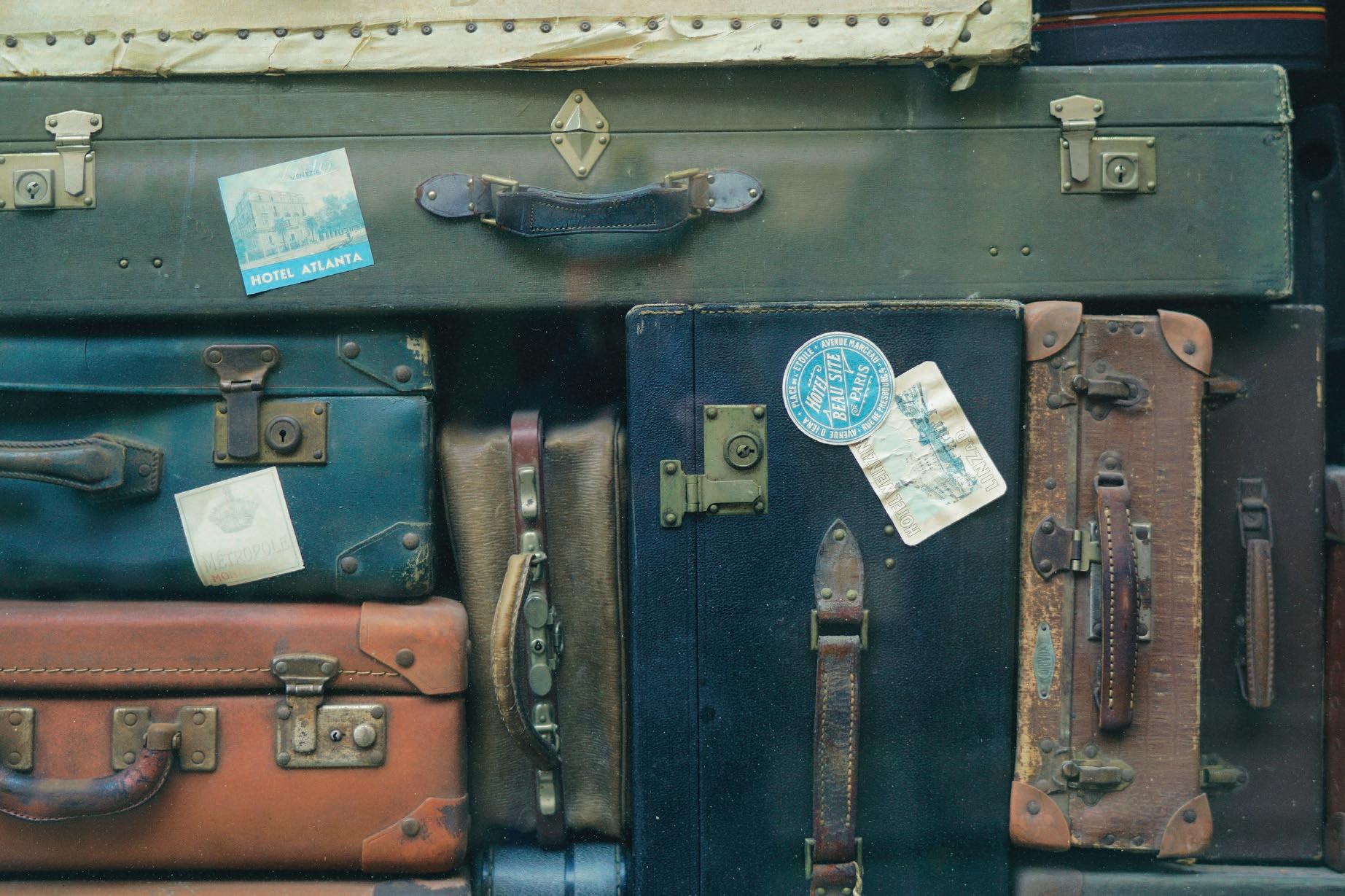

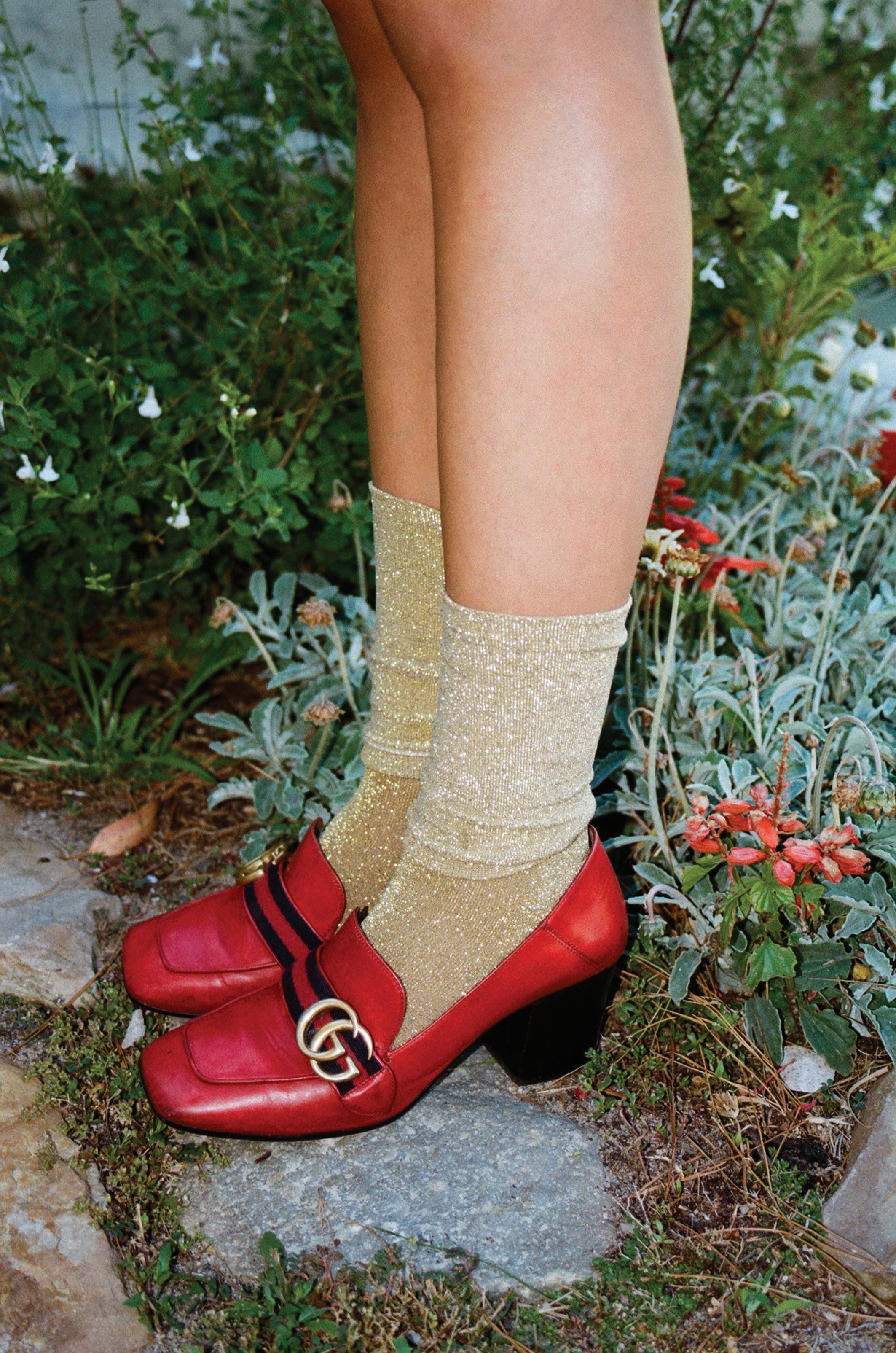


Shoes - vintage Gucci make-waste system. It aims to reduce waste by recovering resources at the end of a product’s life and channeling it back into the market and in doing so it reduces pressure on the environment.
The pandemic, as well as a growing awareness of climate change, has made people increasingly aware of their environmental impact. For this article, we look at how vintage fashion could be a step away from the current linear economy we have found ourselves in. Over the past two years, we have seen a tremendous spike in the vintage market. There has been significant growth in online marketplaces like The RealReal, an online and brick-and-mortar marketplace for authenticated luxury consignment, along with Rebag and Vestiaire Collective, to name a few. The shift in the way young people shop is promising and inspires optimism about the future. However, as exciting as this is for the circular economy and the businesses that are facilitating this market, it has thrown a curveball at major fashion houses and forced
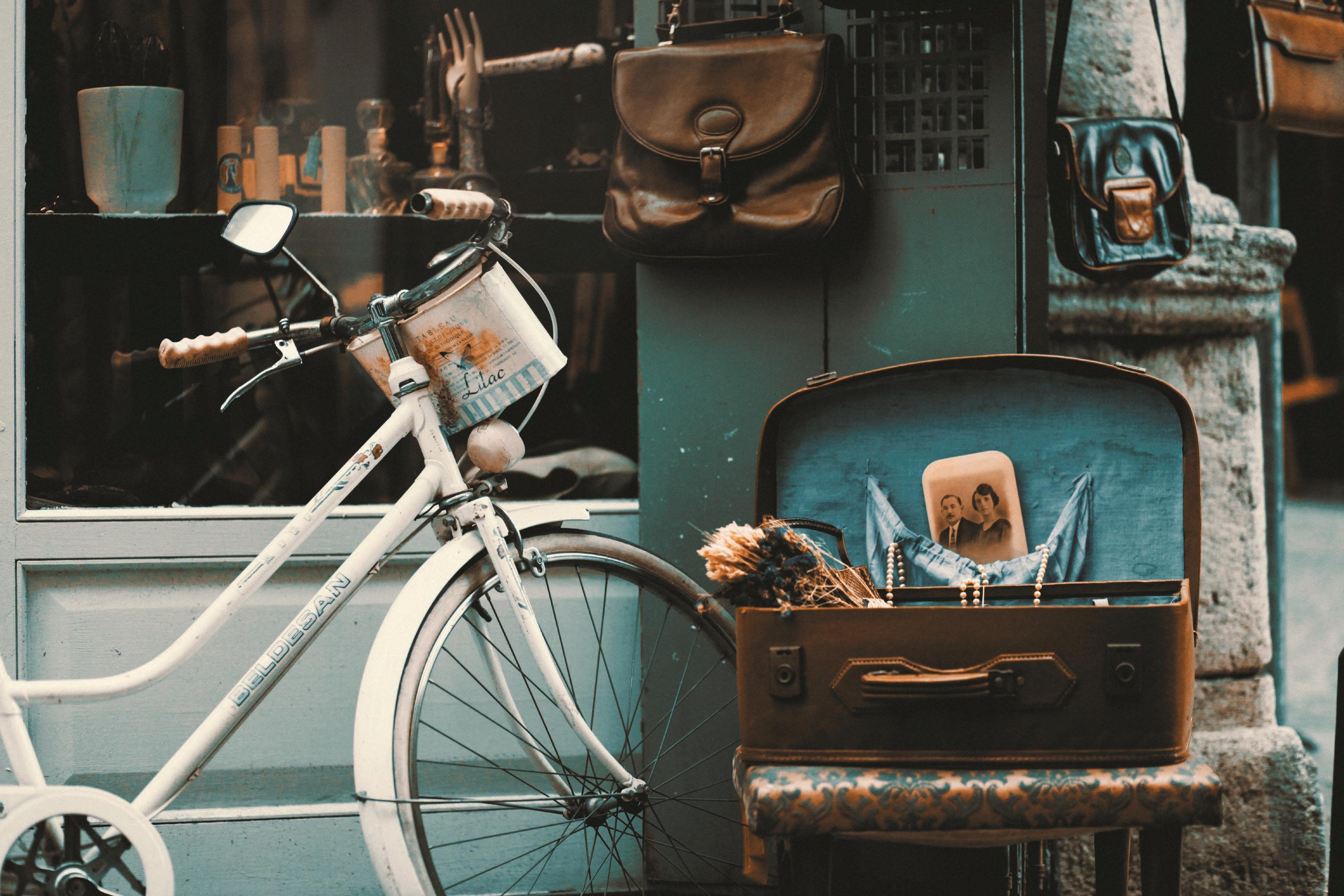


Dress - vintage Dolce and Gabbana, glasses - vintage Gucci, shoes - vintage Gucci them to either jump on the bandwagon or get left behind. Thankfully many fashion houses have noticed this trend and have started to collaborate with marketplace sites. Gucci, Stella McCartney, and Burberry have all partnered up with The RealReal, which has allowed them to sell their own used or archived goods on the site. Ralph Lauren has also collaborated with Depop to get a grip of the resale market. We hope to see more brands follow in the future!
If the vintage market can continue to grow at the rate that it has over the past two years, we hope that this will translate into a decreased demand for new clothing forcing production to slow down. This will not only dramatically reduce the pressure that fast fashion has put on the environment but can also be seen as an opportunity for fashion houses and collectors alike. It is well known that scarcity adds value to an item and so vintage garments are marketed in such a way that allows sellers to increase their profit margin. It is important to note the difference between second-hand and vintage, an item is considered vintage when it is produced at a particular time of quality. A garment made 25 years ago, that is still in good condition, is hard to come by and as a result, can be sold as a luxury item. Creative directors of major fashion houses should not see this rise in the vintage market as a threat but rather as a market with great potential, possibly curating fashion shows using garments from their archives. For








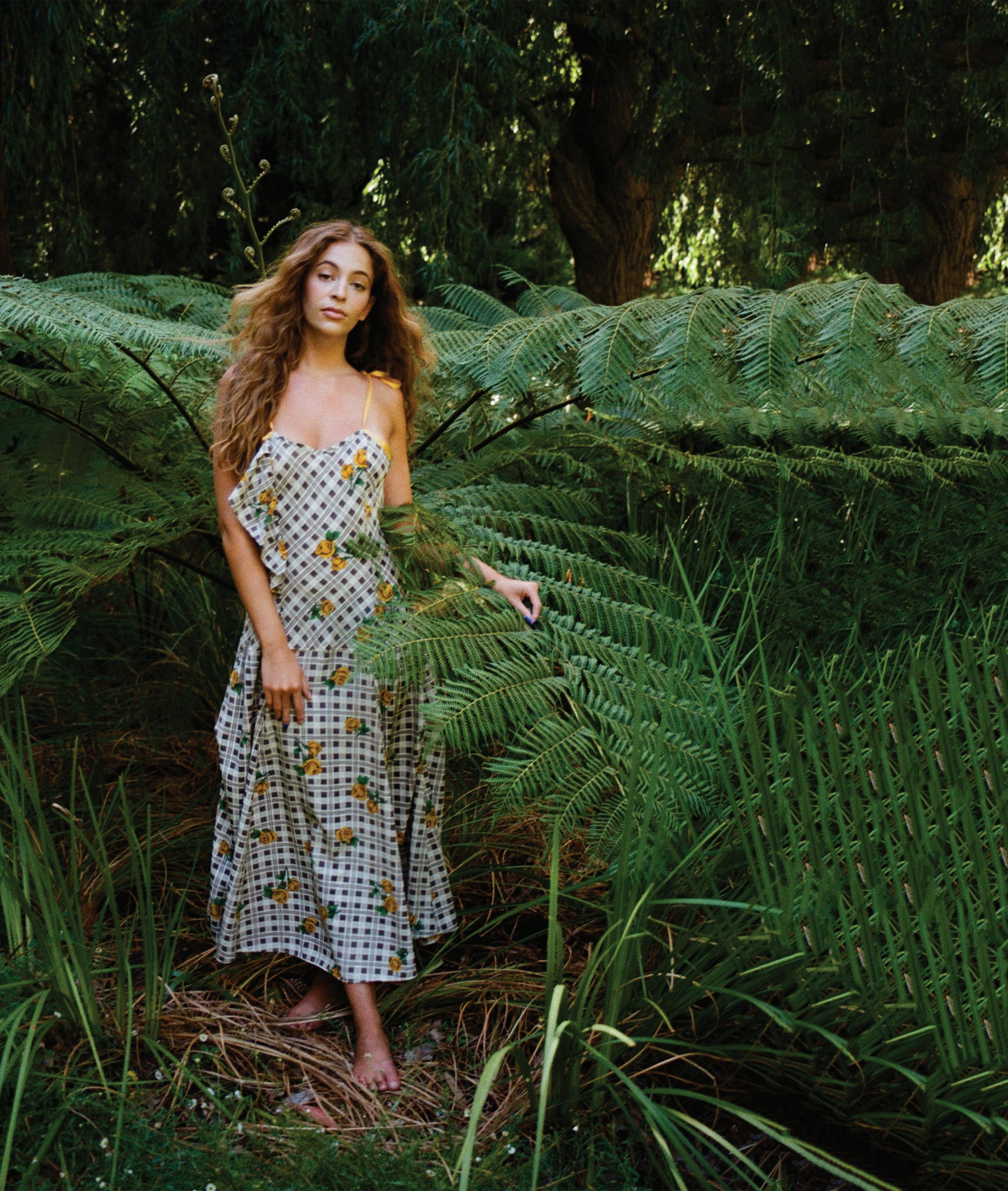
Dress - unknown vintage
Women Cooking for a Celebration
Louis Vuitton’s Spring 2021 collection, Virgil Abloh showed looks and pieces from previous collections, to encourage fashionistas to adopt a collectors mentality.
Celebrities are also paving the way for this new luxury market and have been stepping out in breathtaking vintage pieces. Kate Moss turned heads way back in 2003 when she arrived at a New York fashion week dinner, in a pale-yellow dress, by 1950s French couturier Jean Dessè. Kim Kardashian is also well known for her love of vintage fashion and stunned us all when she stepped out in an Azzedine Alaïa cheetah-print bodysuit in 2019, so rare that it was valued at about $10,000. Vintage fashion is not only easier on the conscience of the consumer, but it is also a more exciting way to shop, there is a certain thrill of finding the perfect vintage piece, that the shopper will never experience when buying new clothes. Dressing in vintage fashion also gives us a greater opportunity to be unique whilst broadening the possibility for individuals to accurately express themselves through fashion. We are only at the beginning of what looks to be one glorious vintage Gucci step in the right direction.


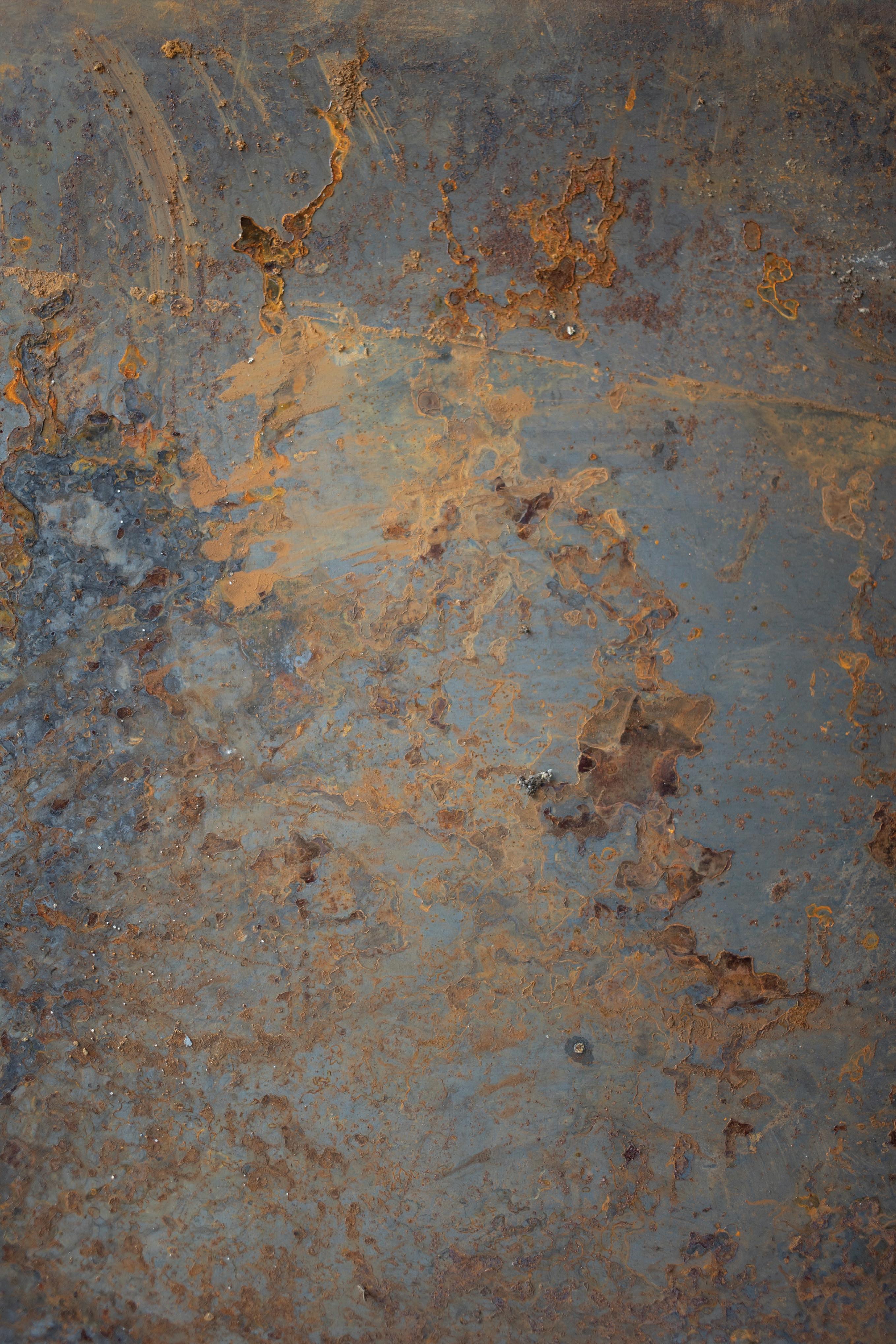
Jacket - Vintage Chanel, Suit - Vintage Isaac Mizrahi, Shoes: Vintage Gucci, Brooch: Vintage Chanel










